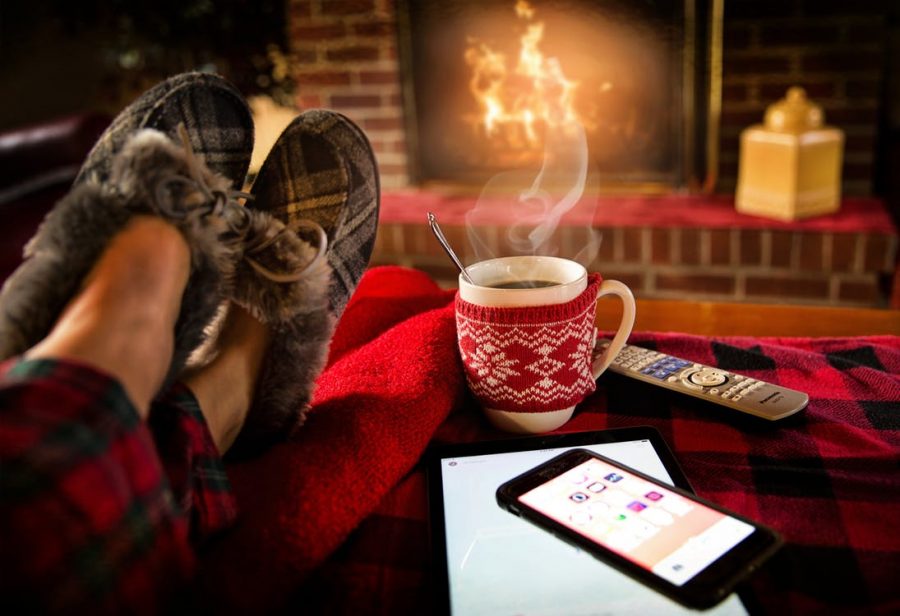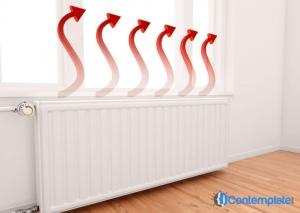Many homeowners dread the cold winter months because of their unmanageable heating bills. Even if you have a relatively new home, you might still end up spending hundreds of dollars a month just to keep your family comfortable. If that sounds like your own situation, then here is a look at a few ways you can warm your home without turning the heater or furnace up.
Use the Sunlight
Your windows have a major impact on the temperature inside your home, and some experts believe that you might be able to reduce heat loss by as much as 30 percent with a few simple changes. When the sunlight is directly hitting your windows, you should pull back the curtains and allow the heat in. As the sun sets and the ambient temperature drops, you then need to completely cover the windows with thick curtains. This will help you to retain the heat in your home.
Cook with Your Oven
Trying to warm your entire home with your oven is inefficient, but planning out meals that require you to use the oven could increase the indoor temperature by a few degrees. Even after the oven is off, it will continue to radiate heat and warm up the nearby rooms. As an added bonus, hot meals that are fresh out of the oven will bring your body’s internal temperature up and give you enough energy to stay warm.
Consider Radiant Heating
Within the last few years, many homeowners have replaced their furnaces and heaters with radiant heating systems. In order to install one of these systems, you will need to have a mechanical contractor place curved pipes inside your baseboards, floors, or walls, like Aggressive Mechanical Contractors, Inc. or another professional near you. Once installed, the pipes themselves radiate energy directly into the nearby rooms. Many experts believe that these systems are more efficient than traditional furnaces because no heat is going to be lost in the ducts.
Change the Humidity Levels
Some people are surprised to hear that humidity levels actually affect how warm we feel. During the winter months, you should try to keep the humidity levels inside your home between 30 and 60 percent. You can maintain those levels by placing smaller humidifiers in every room or installing a whole-home humidifier. If the humidity levels get too low, then your home will feel much colder than it really is.
When it comes time to finally turn on your home’s heater, you need to make sure that it is working as efficiently as possible to keep your utility bills to an absolute minimum. The easiest way to do that is to schedule service calls with an HVAC contractor once or twice a year to have the entire system inspected and tuned.






